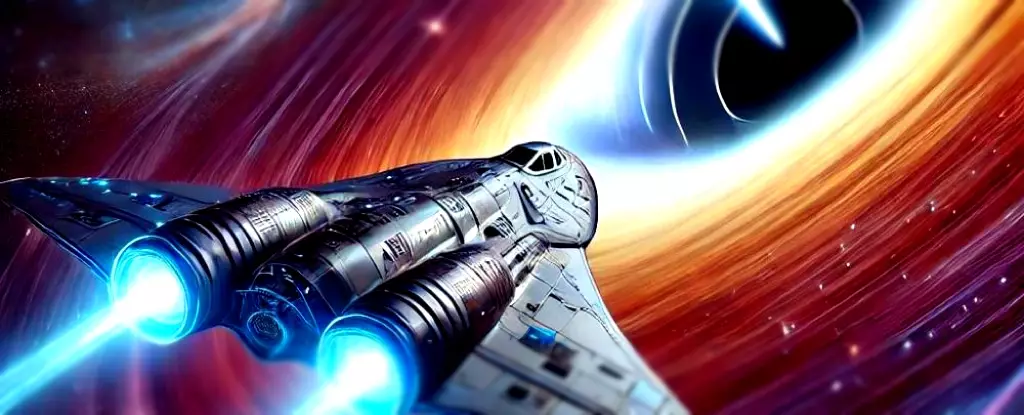Warp drives, a common notion in science fiction, have always been a far-fetched idea. The concept of zooming across the universe at faster-than-light speeds has captured the imagination of writers and readers alike for years. However, the reality of constructing a warp drive remains firmly in the realm of theoretical physics, with no practical implementations in sight.
The theoretical underpinning of warp drives stems from the fundamental limitation that nothing can travel faster than the speed of light. Given the vast distances in space, traditional methods of propulsion would take an impractical amount of time to travel between celestial bodies. This is where the concept of warp drives comes in, offering a loophole in the fabric of spacetime that allows for FTL travel.
While the idea of warp drives is exciting, there are significant challenges that need to be overcome for this technology to become a reality. One major hurdle is the sheer amount of energy required to generate a warp field. Theoretical physicists speculate that such energy demands are currently beyond our technological capabilities and would necessitate exotic forms of matter that do not currently exist.
Recent research has explored the potential interaction between warp drives and black holes, specifically the Schwarzschild black hole. This simple, non-rotating black hole provided a useful theoretical framework for studying the effects of a warp bubble crossing its event horizon. The study revealed intriguing possibilities, such as reducing the negative energy requirements for sustaining a warp bubble and even creating mini warp drives in laboratory conditions.
While the theoretical research on warp drives and black holes is compelling, there are numerous unanswered questions and unresolved issues. The potential impact of warp drives on the entropy of black holes, as well as the thermodynamic implications of their interaction, raise further complications. Despite the theoretical advancements in this field, practical applications of warp drive technology remain a distant prospect.
As advancements in theoretical physics continue to push the boundaries of our understanding of the universe, the possibility of warp technology becoming a reality cannot be dismissed entirely. While the challenges are significant and numerous, the tantalizing prospect of traveling through space at superluminal speeds remains a captivating area of study for both scientists and science fiction enthusiasts. Only time will tell if warp drives will ever transition from the realm of fantasy to tangible reality.
While the concept of warp drives and their potential interactions with black holes present intriguing possibilities, the road to practical implementation is filled with obstacles and uncertainties. The ongoing research in this area serves as a testament to the enduring fascination with the mysteries of the cosmos and the human drive to push the boundaries of what is possible.



Leave a Reply